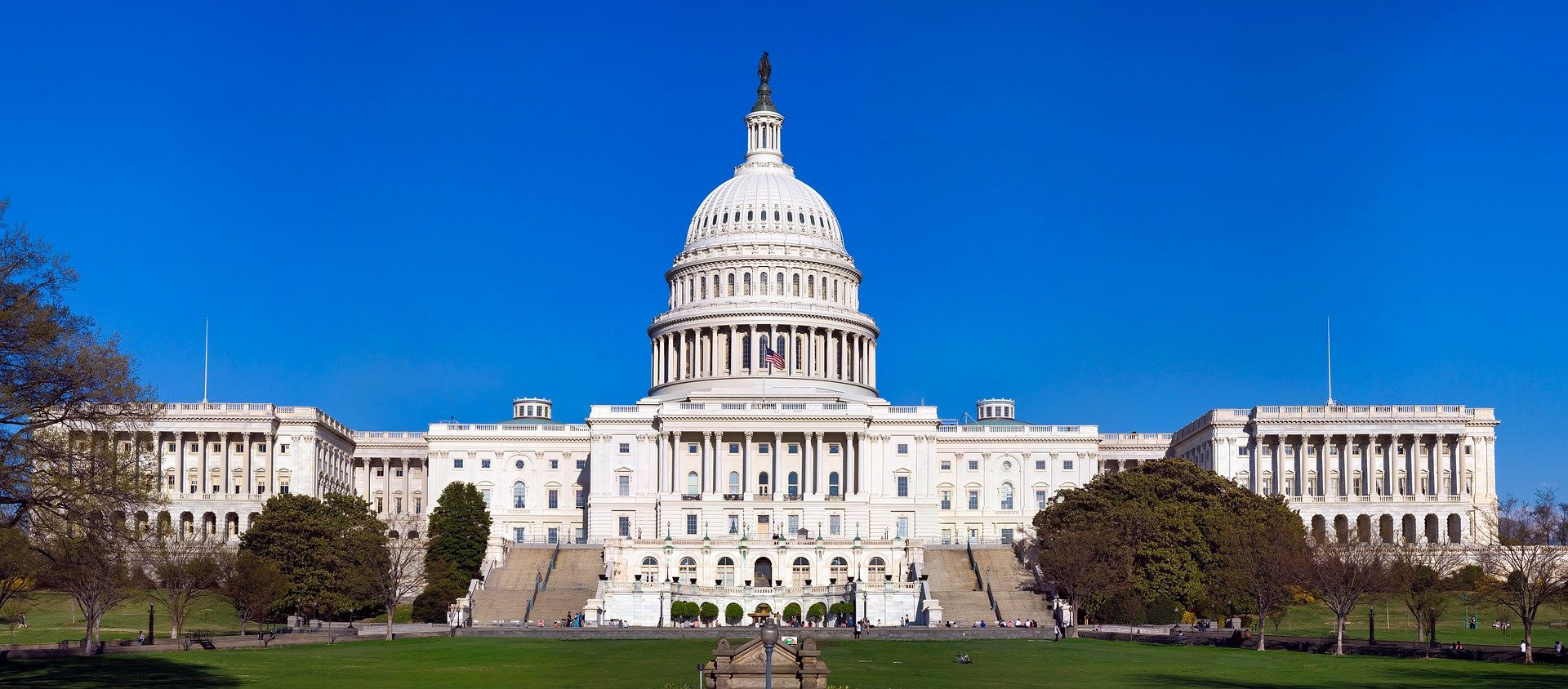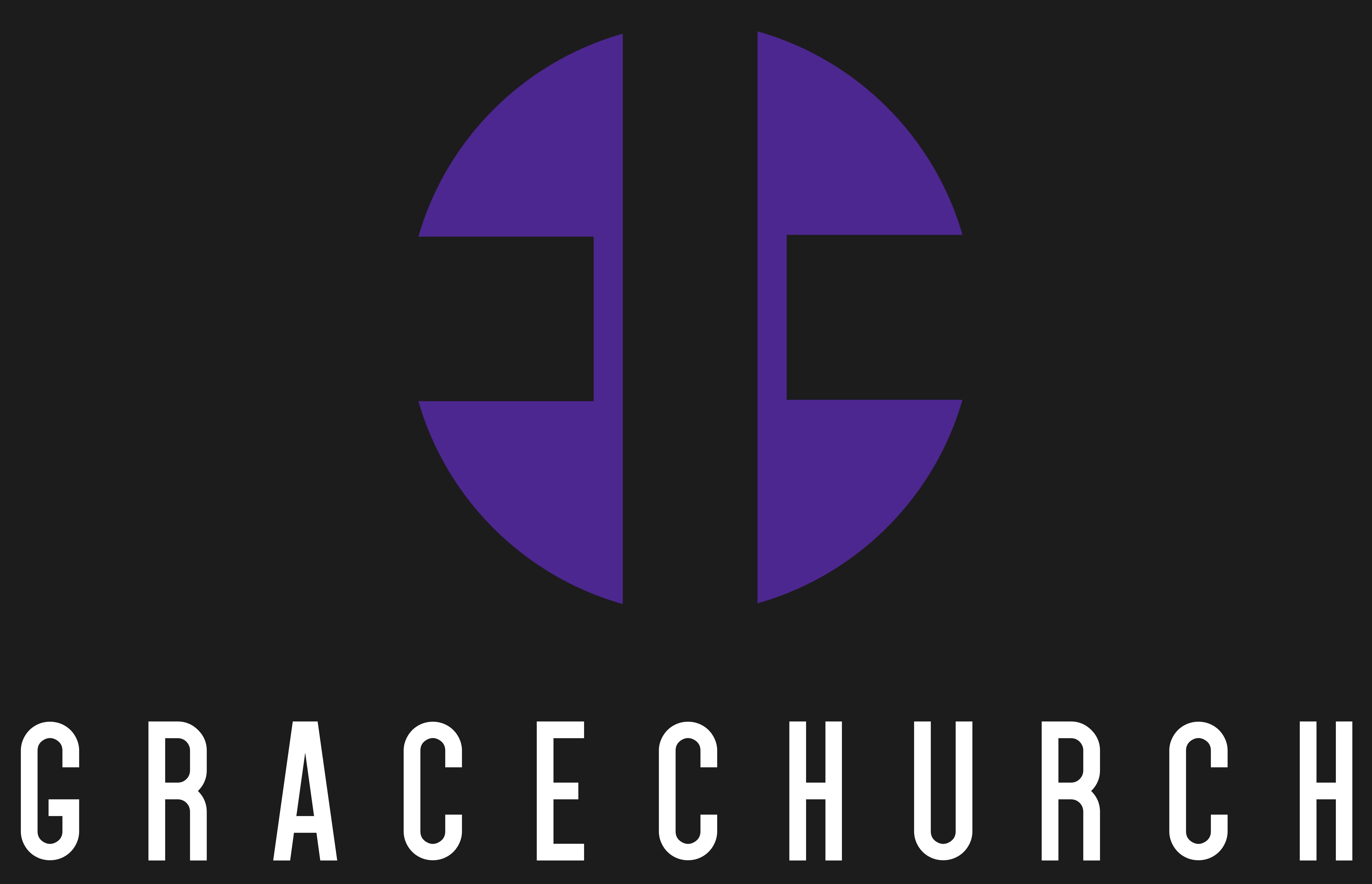U.S. Anti-Money Laundering Law Set to Change Antiquities Trade

U.S. Anti-Money Laundering Law Set to Change Antiquities Trade as Buyers’ Identities No Longer Concealed
The U.S. Congress recently passed the Anti-Money Laundering Act (the “Act”) of 2020, in which art and antiquities dealers are bracing themselves for more stringent federal oversight.
Under the bill, the antiquities sector will no longer be spared from the Bank Secrecy Act (BSA). The new regulations require antiquities dealers to report any suspicious activities and any cash transactions exceeding US$10,000 to the authorities, and to ensure that potential buyers are not among those being sanctioned by the U.S. government. The liability of extensive record-keeping is poised to bring new challenges to the industry.
Included in the National Defense Authorization Act (NDAA) for 2021, which the Senate overrode President Trump’s veto earlier this month, the Act will require the “ultimate beneficial owners” of companies to register with the Treasury Department. The scope of the BSA will also extend to persons “engaged in the trade of antiquities, including an advisor, consultant, or any other person who engages as a business in the solicitation or the sale of antiquities.” Antiquities traders failing to comply with the regulations will face potential civil and criminal penalties.
A similar regulation was passed by the European Commission in June 2018. The Fifth Anti-Money Laundering Directive poses more stringent measures to further protect the financial system and prevent it from being used for money laundering and funding terrorist activities. Businesses are required to disclose information on “beneficial ownership to obliged entities in a timely manner,” which includes verifying the identity of parties involved in any art transactions of €10,000 or more.
The art and antiquities trade has long been given a bad reputation for creating a loophole, where unidentified sellers and buyers could potentially be involved in money laundering through transactions made within anonymous corporate structures to transfer and hide illicit funds.
Last July, a report published by the U.S. Congressional investigators revealed that companies linked to two Russian oligarchs under sanctions were involved in high-value art transactions through their shell companies and an intermediary.
The report details that Arkady and Boris Rotenberg, two brothers who are close to President of Russia, Vladimir Putin, acquired over US$18.4m worth of art from U.S. auction houses and major art galleries, bypassing the U.S. sanctions since 2014. One case highlighted by the report includes a Moscow-based art adviser and art agency owner named Gregory Baltser, who acted as the Rotenbergs’ intermediary and purchased at least nine works at a Sotheby’s sale in New York for a total of US$6.8m.
The Treasury Department’s Financial Crimes Enforcement Network (FinCEN) will oversee how exactly the new regulations should be implemented.
Currently, the four major auction houses in the world, Sotheby’s, Christie’s, Phillips, and Bonhams all have their own voluntary anti-money laundering (AML) protocols in place. For instance, Christie’s AML program, overseen by the auction house’s global Compliance Team, includes “client, transaction and artwork due diligence, monitoring, and record keeping.”
A journal published by UNESCO last year, also expresses its concern regarding the illicit trafficking of cultural property. There is evidence showing that ISIS stood behind the destruction and looting of archaeological sites and museums in Syria and Iraq. If the looted cultural artifacts make their way into the U.S., antiquities trade could be abused as funding terrorist activities or facilitating the sale of illegally removed artefacts.
The concern is not groundless if one recalls one of the most prolific names across the antiquities circle – Subhash Kapoor. The New York-based art dealer was arrested in 2011 for running a US$145m artefacts smuggling ring. Two rare antiquities looted in India were seized from an auction house prior to a scheduled sale in New York.
While there have been, for years, groups advocating for tighter control over the antiquities market in the U.S., Randall A. Hixenbaugh, president of the American Council for the Preservation of Cultural Property, said in an interview with The New York Times that the loophole has perhaps been overblown.
“Virtually all transactions of high-dollar amounts in the ancient art business are handled through financial institutions and instruments already covered by the Bank Secrecy Act. Criminals seeking to launder ill-gotten funds could hardly pick a worse commodity than antiquities,” said Hixenbaugh.
Whether the tightening of scrutiny will affect the broader art sector as a whole is yet to be determined, as the FinCEN will have from now until the end of this year to propose details on how the new regulations should be implemented, and whether or not a similar direction will apply to other sectors within the industry. What we know for sure, at this point is that, while the designated teams of major auctions houses may be able to adapt quickly to the new changes as soon as more concrete details of the regulations are announced, small- and medium-scaled antiquities dealers will certainly face more challenges ahead.
Article credit: https://en.thevalue.com/articles/us-new-law-regulate-antiquities-dealers-art-market
